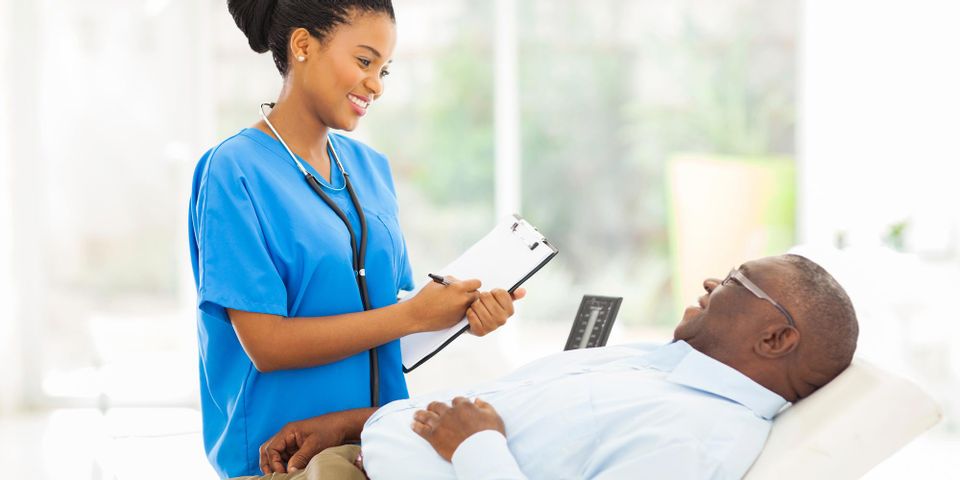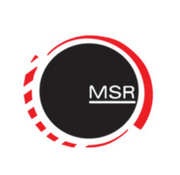
Colonoscopies are routine procedures used to screen for tumors, polyps, ulcers, and other abnormalities in the lower digestive tract. The following guide will help you determine if you should schedule a colonoscopy and what to expect from the procedure.
When Do You Need to Get a Colonoscopy?
The American Cancer Society (ACS) recommends screening for colon cancer at the age of 45 for individuals with an average risk. Your doctor might also order a colonoscopy if you have unexplained abdominal pain or bleeding from your rectum.
How Do You Determine if You Have a Higher Risk?
Some individuals will benefit from early cancer screening. If you have any of the following conditions, talk with your gastroenterologist:
-
A first-degree relative—parent or sibling—with a history of colon or rectal cancer.
-
 Inflammatory bowel disease, Chron’s, or ulcerative colitis.
Inflammatory bowel disease, Chron’s, or ulcerative colitis. -
Prolonged radiation exposure.
-
Genes associated with familial adenomatous polyposis or hereditary nonpolyposis colon cancer.
-
A family history of polyps.
If you have any of these risk factors, your doctor will help you determine an appropriate screening schedule.
How Often Do You Need Cancer Screening?
How often you schedule appointments depends on your condition. If you’re getting a colonoscopy to screen for colon cancer, the ACS recommends returning for tests every 10 years until you turn 85, as long as your health permits it.
What Should You Expect From a Colonoscopy?
For a standard colonoscopy, a patient will need to fast at least one day before the procedure. The doctor will also prescribe a strong laxative to help clear the digestive tract before the appointment. Follow your doctor’s instructions closely; doing so will ensure an unobstructed view of your digestive tract.
During the appointment, the doctor will ask you to wear a hospital gown and lie on your side. They’ll administer a sedative and use a thin, flexible scope to view your lower intestines. Because the procedure requires a sedative, you’ll need to take it easy for the rest of the day. A friend can drive you home after the doctor clears you.
Colonoscopies are relatively painless but can cause discomfort afterward. Some people also don’t like to use anesthesia because it can cause complications with the heart or lungs. There’s also a slight risk that a doctor could puncture the intestines during the procedure.
Fortunately, new technology provides patients with an alternative that’s noninvasive—CT colonography, also known as a “virtual colonoscopy.” During a virtual colonoscopy, a radiologist uses X-rays to produce 3-D images of the colon and rectum. No anesthesia is needed, and a doctor won’t need to insert a camera. Afterward, you can return to normal activities without any side effects.
If you’d like to learn more about the difference between a standard colonoscopy and a CT colonography, contact Main Street Radiology. They have locations in Bayside and Flushing, NY, and are fully accredited by the American College of Radiology. To schedule an appointment for a virtual colonoscopy or other imaging service, call (718) 428-1500 today, or visit them online to learn more about their services.
About the Business
(139 reviews)
Have a question? Ask the experts!
Send your question

